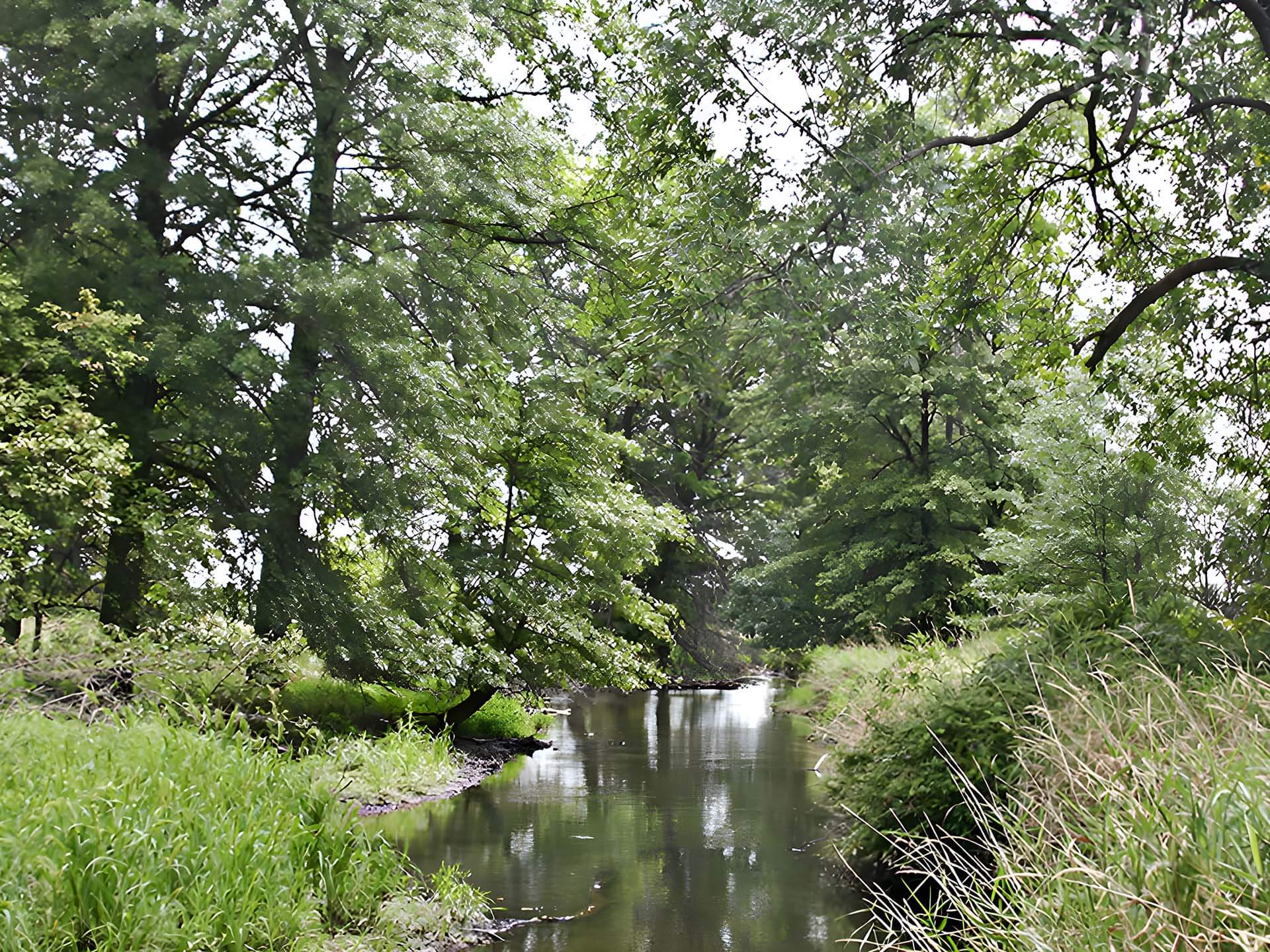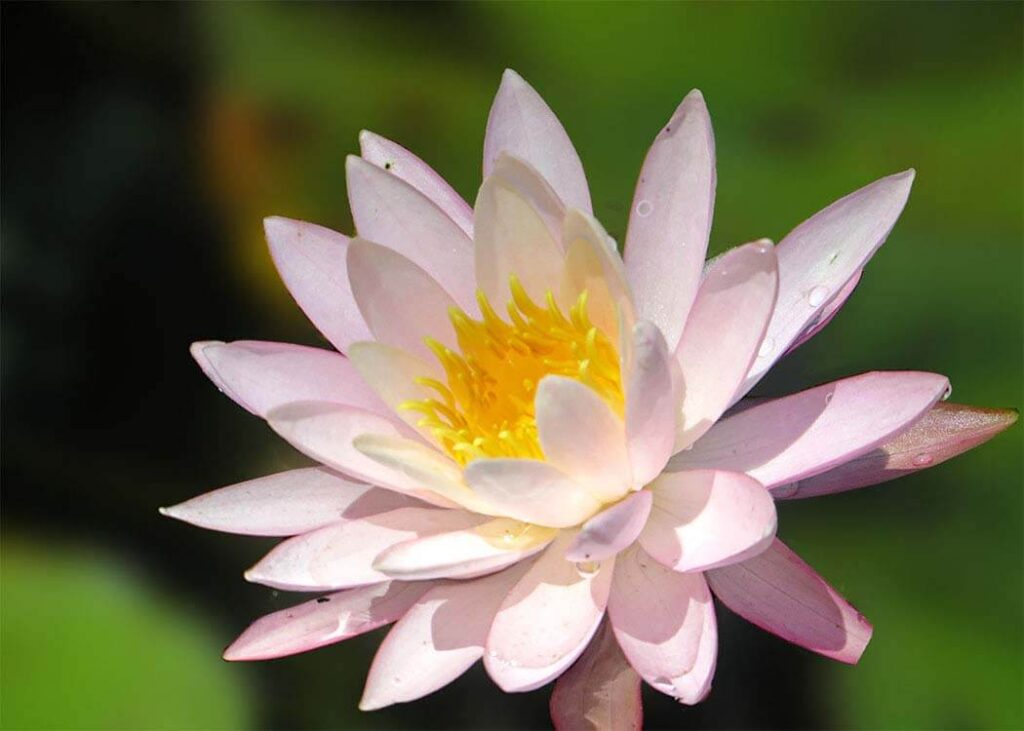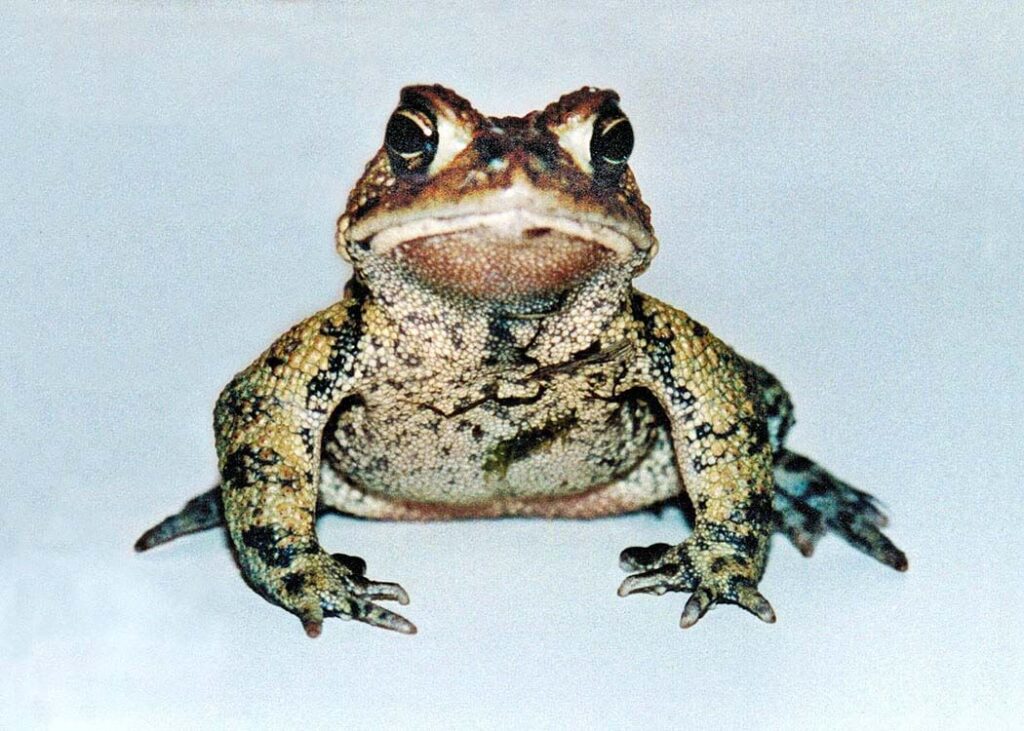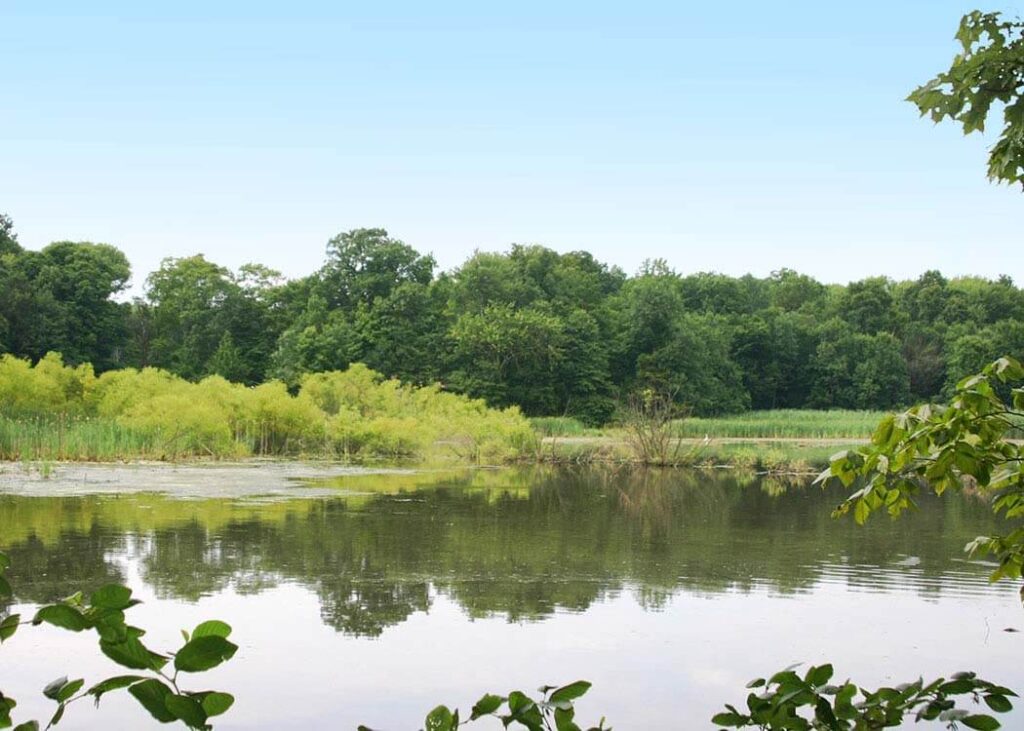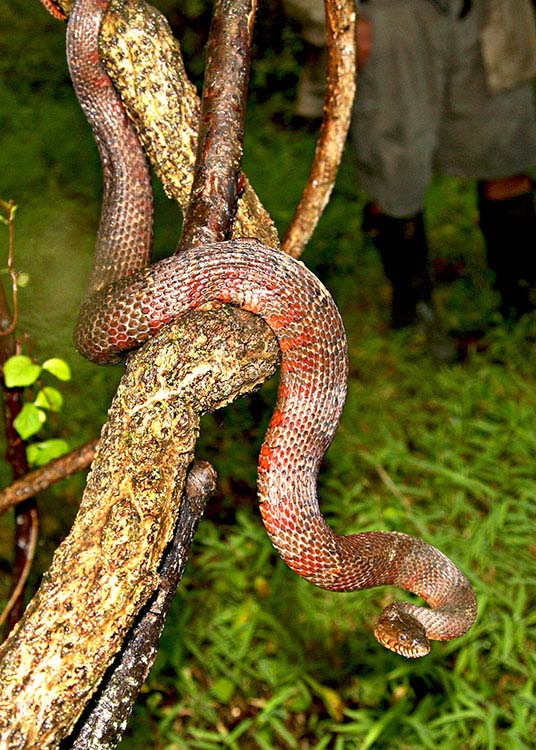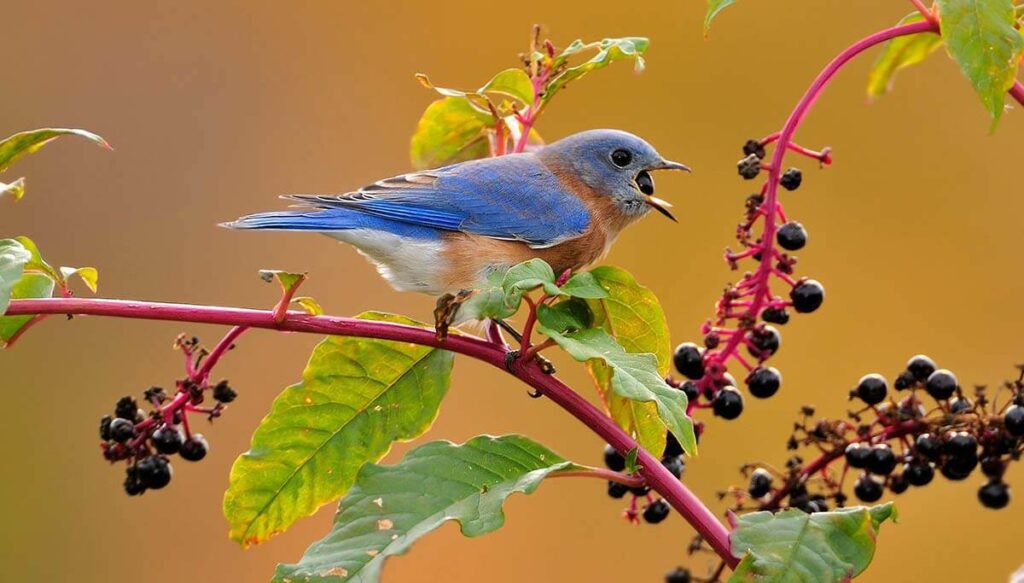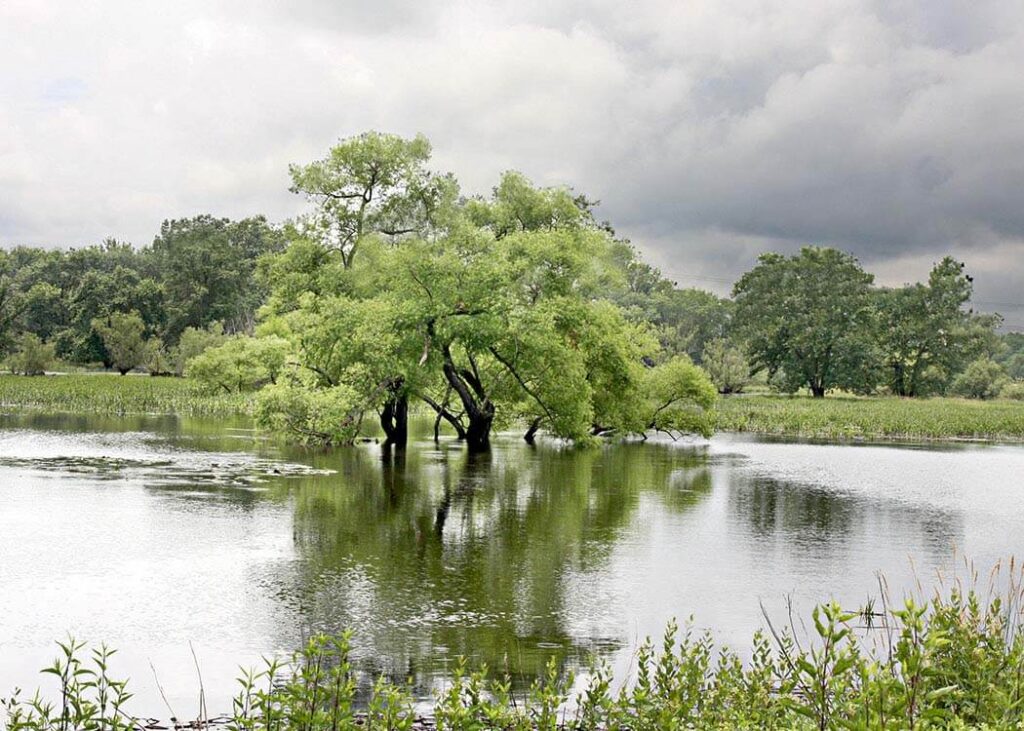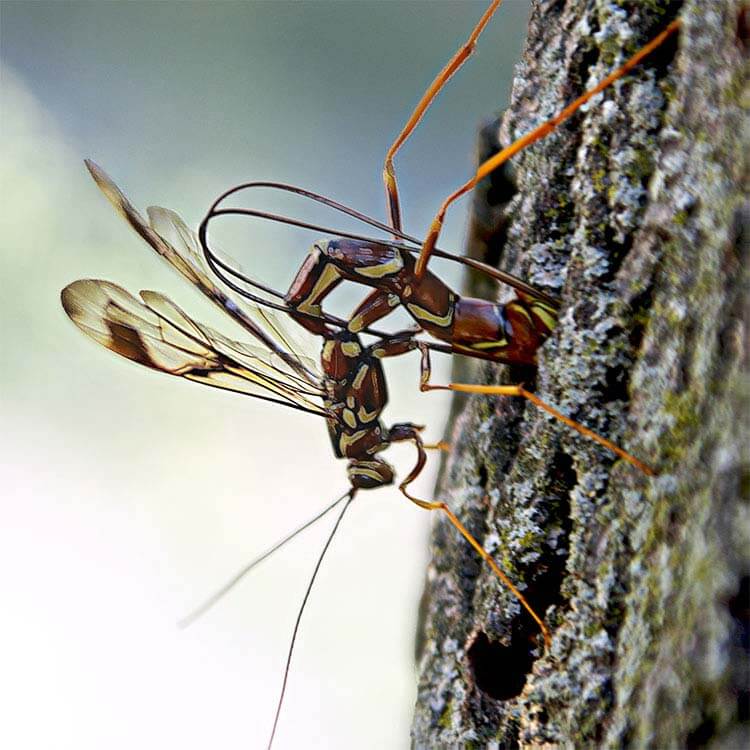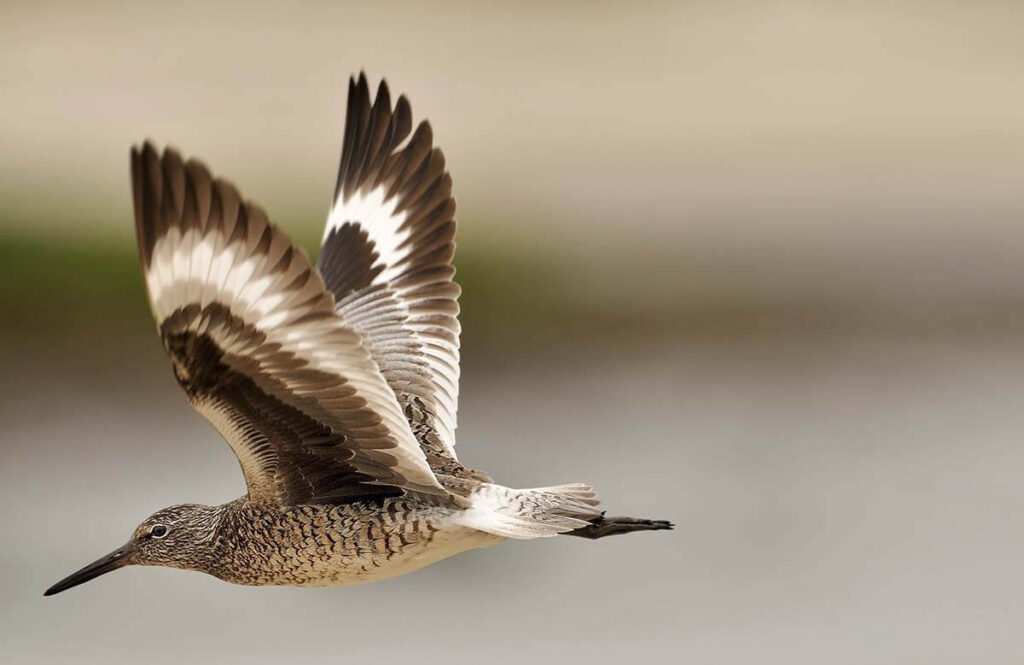Troy Meadows is a large, diverse freshwater marsh located in East Hanover, Hanover, and Parsippany-Troy Hills, in Morris County, New Jersey.
Overview
Troy Meadows is a large, diverse freshwater marsh located in East Hanover, Hanover, and Parsippany-Troy Hills, in Morris County, New Jersey. It is located within the Whippany River Watershed in the Passaic River Basin. It is 2,600-acres, located downstream of the Great Swamp National Wildlife Refuge and the Black Meadows, upstream of the Great Piece Meadows Preserve, and about 25 miles west of New York City.
Troy Meadows is designated as a “National Natural Landmark,” by the National Park Service, a “New Jersey Natural Area” and also a “Natural Heritage Priority site” by the NJ Department of Environmental Protection (NJ DEP).
The majority of Troy Meadows is privately owned by Wildlife Preserve while the state of New Jersey also owns areas within the meadows. The meadows are managed as a wildlife sanctuary by Wildlife Preserves and a Natural Area for the preservation of natural diversity by the NJ Division of Parks and Forestry.
Troy Meadows is classified as a “Priority Wetland” by the US Environmental Protection Agency and most of the meadows are classified as “Exceptional Resource Value Wetlands” by the NJ DEP.
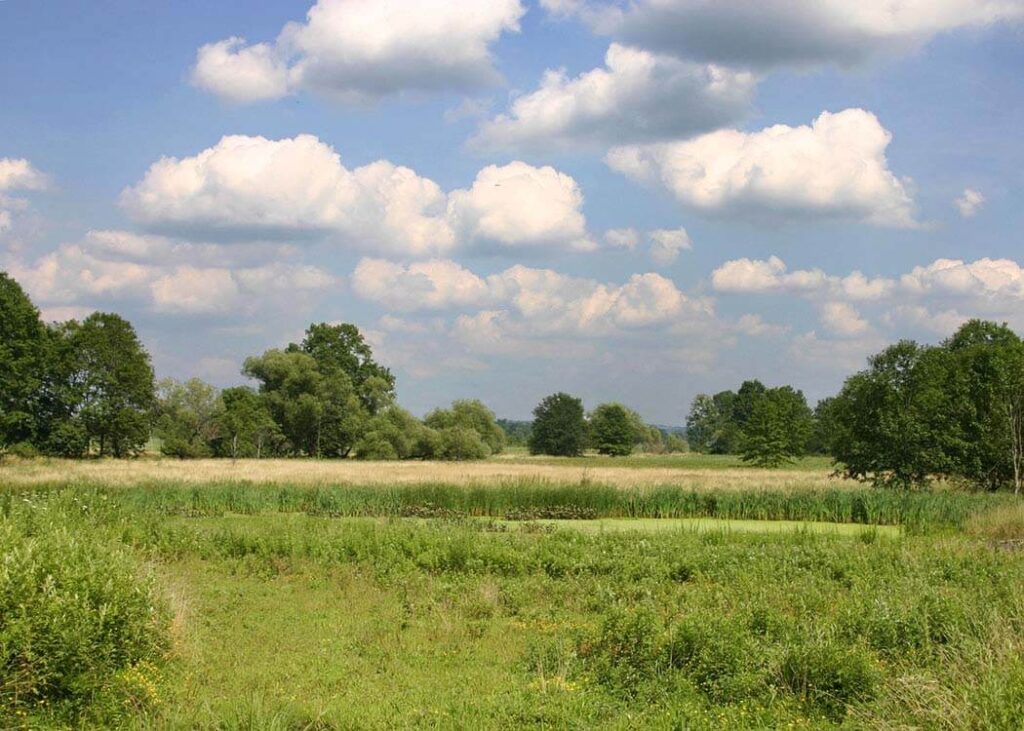
Videos of Troy Meadows Projects
Support Our Work at Troy Meadows
You can help us protect New Jersey's diverse plant and animal communities.
Donate
